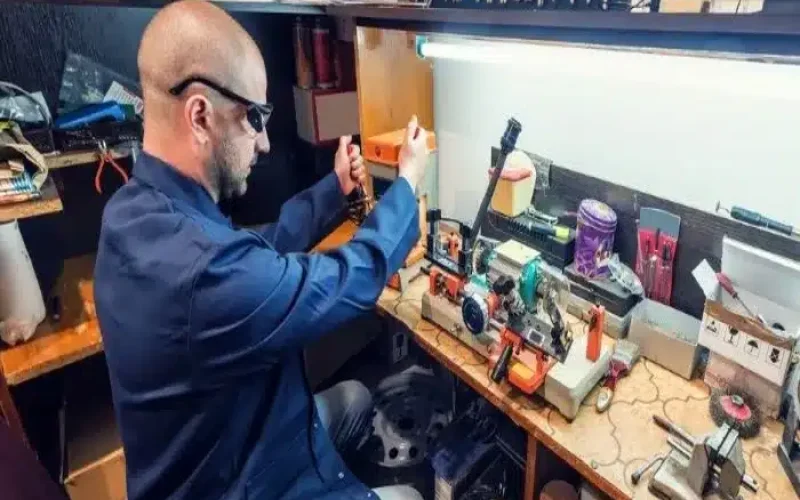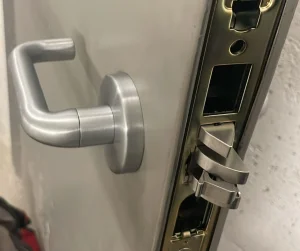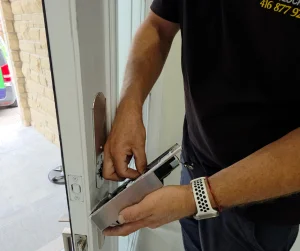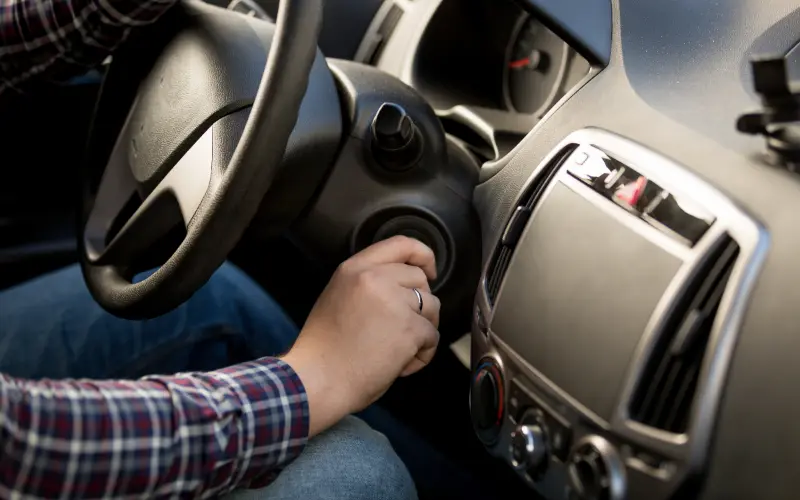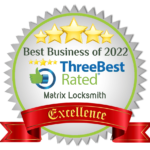Shared offices are busy. People come and go – clients, delivery folks, contractors, part-timers. You might have ten businesses under one roof. Or maybe just three… but still, a lot of keys floating around. At some point, someone forgets to lock up. Or a key disappears. Or a tenant asks, “Hey, who else has access to this space?” That’s when most people start thinking about access control. Not because they planned to – but because they had to. The good news? You don’t need to overhaul everything. You just need the right system for your space. And with the right access control, you can ensure security without sacrificing convenience.

What Is an Access Control System, Really?
At its core, it’s about deciding who gets in, when, and how. That’s it. A basic access control setup might use numeric codes on a keypad. Others rely on cards, fobs, or even phone apps. More advanced ones integrate with cameras or allow remote unlocking.
It sounds complex, but it doesn’t have to be. I’ve seen small co-working spots install just one keypad system at the main entrance. That’s it – but it completely changed the way they operated. No more chasing down lost keys. No more late-night calls because someone forgot theirs. Everyone had their own code. When a person moved out? Their code was deleted.
Why Shared Spaces Struggle Without It
Without access control, here’s what tends to happen:
- Keys get copied or shared informally.
- It’s unclear who last locked up.
- Employees quit but still have access.
- Visitors walk into areas they shouldn’t.
This stuff adds up. I’ve seen landlords end leases early because they didn’t want the hassle of managing traffic. Others installed a master key system but forgot that it still required trust – and that didn’t solve misuse. A code-based system, even a simple one, puts you back in control.
Choosing the Right Type of System
This really depends on the building layout and tenant setup. A smaller space with one main door might only need a smart door lock installation – something that allows temporary codes or mobile access. For a larger space with multiple rooms or restricted areas, you might look at:
- Card swipe or RFID entry systems
- Bluetooth or mobile app access
- Keypad entry with time-based restrictions
Systems with admin portals let you monitor who entered and when. Some even let you revoke access instantly if there’s an issue. That kind of control matters more than you’d think – especially after hours.
Don’t Forget the Physical Door
I’ve seen offices install expensive tech on doors that barely close. Or on frames so loose that they can be pushed open with enough force. Before you touch electronics, look at the hardware. Are your hinges solid? Is the latch clean and aligned?
If not, start with door alignment or even a full commercial door evaluation. If your door drags or wobbles, nothing else matters. And if you’re working with glass doors or old aluminum frames, get a commercial storefront door repair done first. These things need to be right before you add anything high-tech on top.
Access for Guests, Cleaners, and Delivery
This is where access systems really shine. You can give someone a code that only works between 9am and 2pm on Wednesdays. You can set expiration dates. You can get notified when someone enters after hours.
One client I worked with used to leave the front door unlocked for a weekly delivery drop. After their commercial locksmith upgraded the system, they created a one-time code just for the delivery window. That little change? It stopped foot traffic from wandering in randomly, and it let them finally stop hovering near the front desk all morning.
Cleaners, too. You don’t have to give them permanent access. Just a code that expires. It’s not about control for the sake of it. It’s just… peace of mind.
What Happens During Power Outages?
Good question. Most systems have battery backups. But if you’re worried, choose models with mechanical override options. Many systems allow you to keep a master key – or fall back to a lock replacement plan with manual deadbolts if needed.
Some building owners ask if they should remove physical keys entirely. I don’t think that’s wise. It’s good to have one non-digital option for emergencies. I’ve seen smart locks freeze mid-update, especially after software changes. So yeah… keep a key. Just make sure it’s stored securely and access is logged.
Legal and Privacy Concerns
If your access system logs entry times, you’re technically tracking people. That means you should have a privacy policy. Especially if you’re in Canada, the UK, or parts of the U.S. with strict digital surveillance rules. Be transparent. Tenants appreciate when they know what’s being tracked and why.
Some employers use entry logs for attendance. That gets tricky. If that’s your plan, check with an employment attorney first. Or at least look at privacy guidelines like the ones outlined at The Office of the Privacy Commissioner of Canada.
Who Should Handle the Installation?
If the building is large or complex, bring in a commercial locksmith or security company. They’ll map out the building layout, recommend hardware based on actual wear points, and avoid compatibility mistakes. If you’re just replacing a single lock, sure, you could DIY. But anything more? It’s not worth guessing.
I’ve seen people install smart locks that didn’t fit their doors, or systems that couldn’t sync with their building’s electrical wiring. It costs more to redo bad installs than to do it right the first time.
How Much Does It Cost?
Prices range wildly. You can get a basic keypad lock for under $200. Full building access systems with tracking and remote control can run into the thousands. But most small shared offices can find something in the middle. The sweet spot is usually a simple digital system with code access, admin controls, and a mechanical backup.
And remember – this isn’t just about “security.” It’s also about efficiency. Less chasing keys. Fewer disruptions. Better tenant experience. One office manager told me it saved them five hours a month, just from not having to meet people for re-entry or key handoffs.
Final Thoughts: It’s About Control, Not Complication
You don’t have to spend a fortune. You don’t have to go fully digital overnight. But if you’re running a space with shared access and no system in place, it’s probably time. Start with one door. Start with a code. See how it feels.
Access control doesn’t have to be high-tech. It just has to work. And once it does, you’ll feel it – that slight shift from worry to quiet confidence. That’s worth something.


